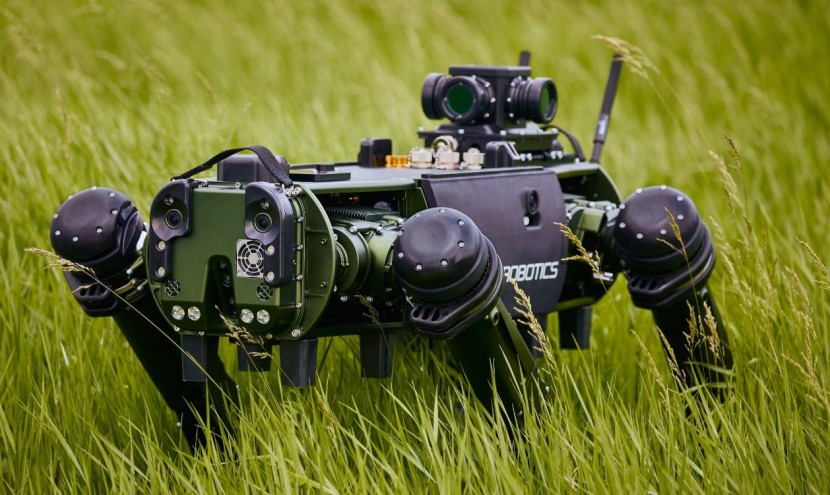
The Department of Homeland Security plans to use signal-jamming robot dogs to carry out raids. The purpose is to knock internet-connected devices offline at target properties so surveillance cameras and remotely controlled booby traps could be rendered inoperable.
The robot dog is called NEO and is a modified version of a four-legged robot designed by Ghost Robotics.
"NEO can enter a potentially dangerous environment to provide video and audio feedback to the officers before entry and allow them to communicate with those in that environment," said DHS Federal Law Enforcement Training Centers director Benjamine Huffman at a Border Security Expo recently held in Texas.
A transcript of Huffman's remarks on the program was obtained by the Electronic Frontier Foundation and shared with 404 Media.
"NEO carries an onboard computer and antenna array that will allow officers the ability to create a 'denial-of-service' (DoS) event to disable 'Internet of Things' devices that could potentially cause harm while entry is made," Huffman said.
Ghost Robotics has been designing robotic dog technology for Homeland Security since at least 2020.
U.S. Customs and Border Protection tested robot dogs along the Southwest border territory in 2022.
According to Gavin Kenneally, the chief product officer at Ghost Robotics, the 100-pound robot dog was designed for the work that CBP needs done, "It is a rugged, quadruped robot. It traverses all types of natural terrain including sand, rocks, and hills, as well as human-built environments, like stairs. That's why you want legs and not tracks."
It can operate at temperatures up to 130 degrees, according to the company.
The robot dogs are able to carry various types of cameras and sensors that can detect anything from chemicals to nuclear matter.
During some testing, the dogs were programmed to go on simulated sentry duty. Under this autonomous mode setting, they headed out and made turns when they reached pre-determined GPS waypoints.
After completing their circuit, they returned to base. Testing was carried out in both daylight and at night.
Kenneally claims that the robot dog's legs are so advanced and sensitive that, "It has the ability to feel through its motors and can estimate friction forces and automatically correct for uneven or slippery ground." This self-correcting ability makes it an ideal platform for off-road operations across multiple environments.
At a congressional hearing last summer he told members of the House Oversight Committee that the military is using the dogs to patrol the perimeter at eight military bases.
Kenneally also said the robot dogs can be equipped with termal cameras to identify migrants in remoted border areas and sensors could be used to identify Fentanyl smuggling.
© 2025 HNGN, All rights reserved. Do not reproduce without permission.









